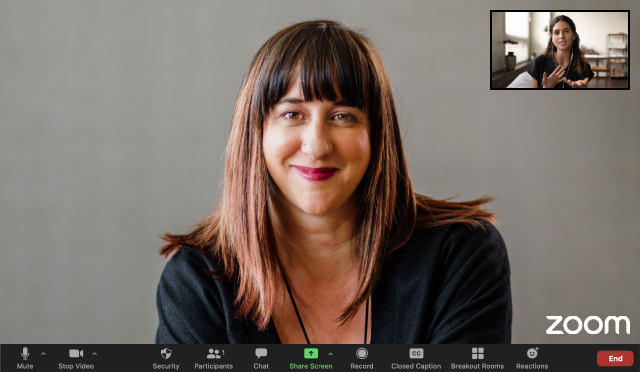When Everything Changes…
There have been several recent changes in the digital world that have had a felt impact on how agencies and organizations run ads and the results that we are able to measure.
It was a slow trickle over the course of the year with the roll out of iOS 14 and the tightening of ad restrictions on Google and Facebook. Now with the broad adoption of iOS 15, we are feeling the effects more fully.
What’s happening?
Well, a couple things:
- With iOS 15, Apple has broadly rolled out the ability for users to “Ask Apps Not to Track” this means that as marketers and advertisers our ability to track has been severely limited. This is felt in advertising campaigns, lead acquisition, and in email marketing where any emails that are opened on an iOS device will no longer be tracked if the user has opted out of tracking. With 2019 stats showing that more than 60% of all email opens happen on mobile devices and iOS holding more than 58% of the market share, we have lost visibility on a considerable amount of our target audience.
- Starting January 19, 2022 Facebook will be removing certain ad targeting options specifically related to these areas:
- Health causes (e.g., “Lung cancer awareness”, “World Diabetes Day”, “Chemotherapy”)
- Sexual orientation (e.g., “same-sex marriage” and “LGBT culture”)
- Religious practices and groups (e.g., “Catholic Church” and “Jewish holidays”)
- Political beliefs, social issues, causes, organizations, and figures
This means that for most nonprofits (health, social issues, causes, organizations etc.) and religious organizations the ability to create a target audience based on interest is no longer going to be possible. Interest targeting had been starting to perform less effectively already so this is a hard stop to a declining tactic that will be felt by many organizations.
What does this mean?

We know that digital advertising will endure and I am sure that brilliant minds in tech and advertising industries will adapt and come up with new tactics and strategies. In the meantime it will require a mindset shift for us and our clients that makes allowances for greater ambiguity in the tracking of performance and for a slower pace of data development. It will also require more “trust in the process”. For organizations that have already experienced the power of digital, this will be an easier shift, however, for the organizations out there that are still in the process of getting comfortable with the idea of adopting digital methods, this will be a bigger hurdle.
What is Anchor doing?
Email Marketing – we’ll focus on in-email clicks which are still trackable
Digital Targeting – we’ll be realigning our focus on audience building which requires a greater investment of time at the front end of a campaign however, will likely lead to a more authentic and engaged audience over time.
Lead Acquisition – we’ll acknowledge that we are going to get less names and it will likely cost more per acquisition, but the upside is that the leads we do get will likely be “warmer”.
Brand Awareness and Donor Acquisition – we’ll need to focus more on overall revenue growth rather than siloing results to the narrow target of “digital revenue”.
Generally, we’ll remind ourselves that people’s altruism and generosity haven’t changed … just our ability to precisely monitor their engagement (for now).
And, we’ll have to adjust the metrics we use to gauge “success” and look more to the holistic health and growth of an organization rather than focusing specifically on one area or isolated effort. But the GOOD news is that potential donors are still out there and are still worth finding!
If you would like to discuss any of this with me in more detail, please feel free to reach out!
–
Danielle Gagner
Captain
